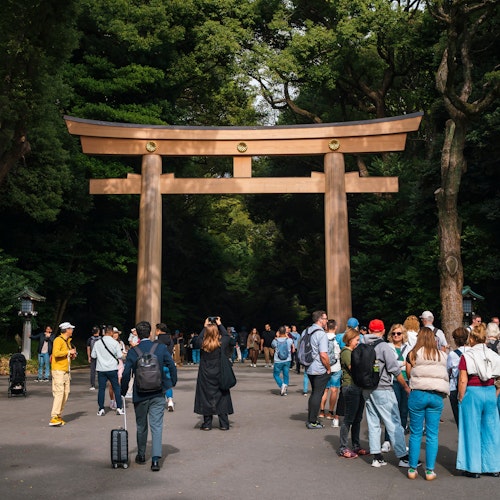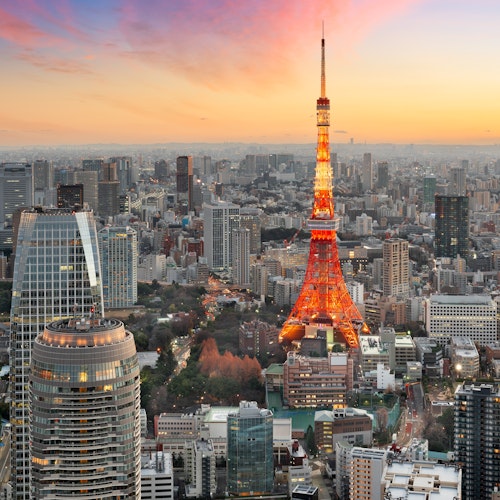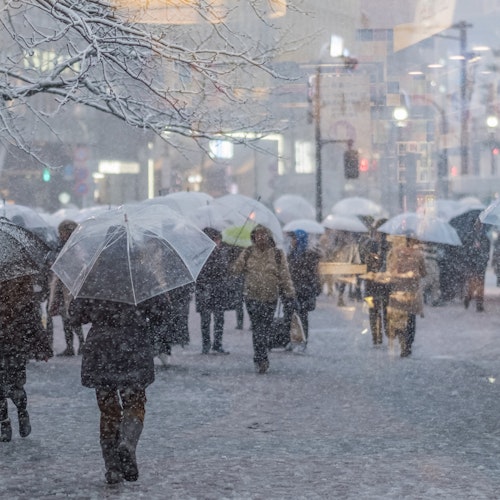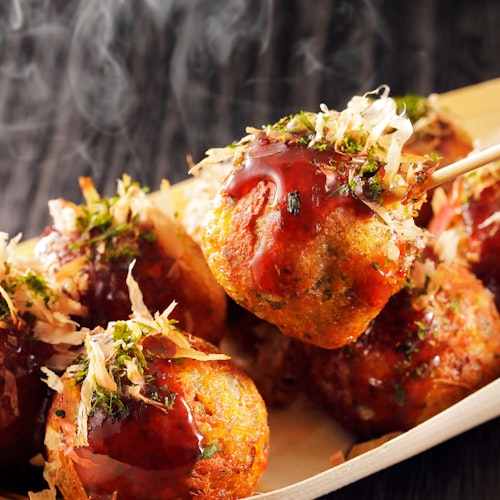
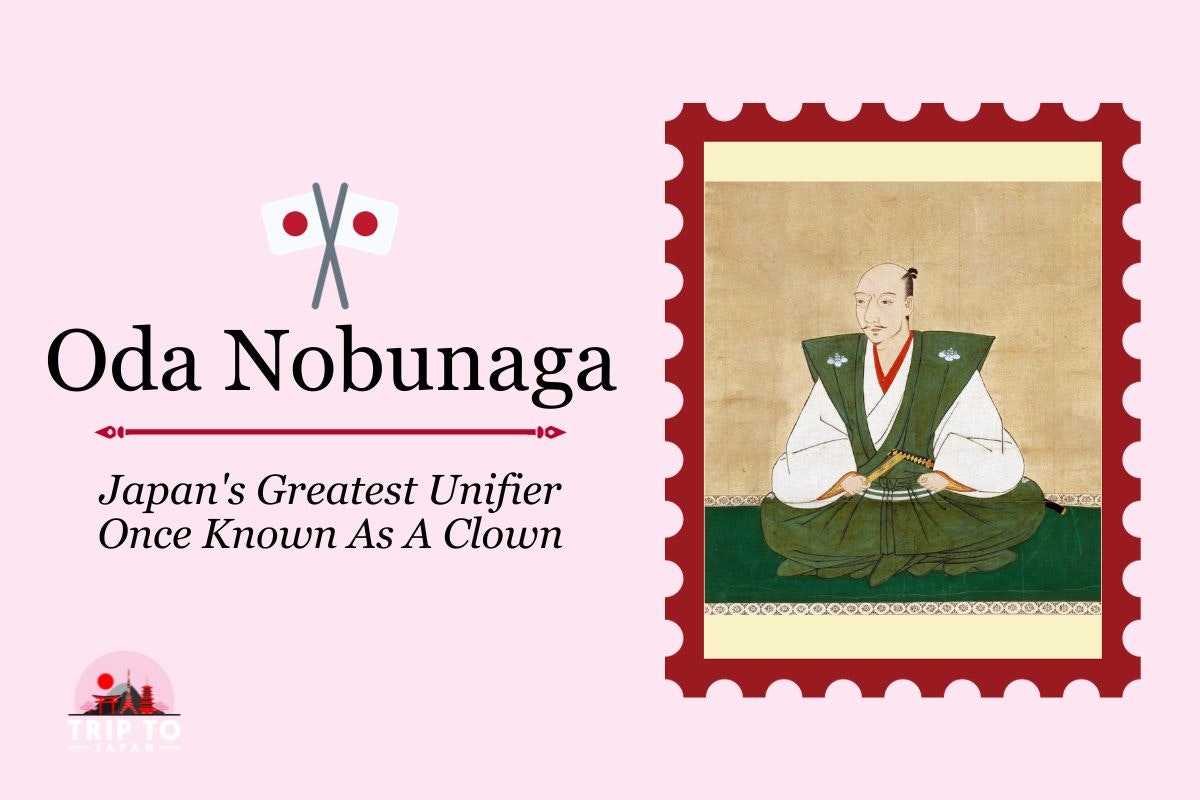
This definitive guide by Trip To Japan dives deep into the intriguing life of Oda Nobunaga (織田信長). Learn how a person once referred to as the clown of Owari became Japan's first and greatest unifier.
Highly controversial, fiercely ambitious, and undeniably brilliant, Oda Nobunaga's legacy is as complex as the man himself.
The once-ridiculed "Clown of Owari" shattered convention, defied the status quo and embarked on a relentless journey of conquest that would irreversibly change the course of Japanese history.
Nobunaga, a prominent figure in Japanese history, is widely recognized as one of the 3 great unifiers of Japan, alongside his loyal companions Toyotomi Hideyoshi and Tokugawa Ieyasu. His influential role in shaping the nation's destiny and unifying its diverse regions is unparalleled.
Join us as we peel back the layers of time to reveal the enigmatic figure at the center of Japan's unification – a journey filled with intrigue, rebellion, and unyielding determination.
Let's get into it.
Oda Nobunaga (織田 信長), named initially Kichihoshi and later known as Saburo, was a prominent daimyo during Japan's Sengoku period. He played a pivotal role as one of the three esteemed founders of the Unified Tokugawa shogunate.
Born on June 23, 1534, in Nagoya, Owari Province, Oda Nobunaga was the second son of Oda Nobuhide, the esteemed leader of the influential Oda clan, and a deputy shugo.
As a child, Oda Nobunaga was often referred to as the "fool of Owari" or the "clown of Owari" due to his eccentric behavior and love for mischief. But as he grew older, it became apparent that he possessed an incredible intellect and strategic mind.
His father Nobuhide recognized this potential in him and took measures to ensure his son's education and training in the ways of war.
Nobunaga was a revolutionary leader, known for his bold and ruthless tactics, which often defied traditional norms. He had a keen eye for recognizing talent and surrounded himself with loyal retainers who shared his vision.
Despite his reputation for being ruthless, Nobunaga was also known to be fair and just, treating his enemies with respect and clemency.
As a military leader and strategist, Nobunaga was ahead of his time. He revolutionized the art of warfare in Japan by introducing modern tactics and weaponry.
He also implemented a merit-based system for promotion within his army, regardless of social status, which was unheard of at the time.
His unconventional methods and quick thinking allowed him to achieve victories against larger armies and rival clans. His most notable battles include the Battle of Okehazama in 1560, where he defeated the powerful Imagawa clan with a surprise attack, and the Siege of Inabayama Castle in 1567, where he fought against an alliance of rival clans and emerged victorious.
At a young age, Nobunaga's father trained him in the art of war and politics. This solid foundation in both military strategy and leadership skills would serve as the catalyst for his future success.
However, upon Oda Nobuhide's untimely death in 1551, a succession crisis ensued within the Oda clan. Despite being favored by his father, Nobunaga's older brother was chosen as the successor and became the head of the Oda clan.
Determined to secure his position as the true leader of the Oda clan, Nobunaga made a bold and strategic move. He successfully orchestrated the assassination of his brother. Nobunaga killed his brother and took control of the clan.
In some accounts, Oda's uncle Oda Nobutomo also tried to conquer the throne. However, Nobunaga refused to conform and fought to attain power.
This event marked Nobunaga's rise to power and set him on a path towards achieving his ultimate goal – unifying Japan.
It was the beginning of Nobunaga's reign and his unrelenting rise to power.
After dethroning his brother through assassination, Oda Nobunaga gained greatly. Nobunaga emerged as a glorious leader.
He expanded his territory through a series of strategic military campaigns. He initially focused on gaining control over the Owari Province and then began to conquer neighboring regions.
His ambitious nature and knack for unconventional tactics allowed him to rapidly expand his power and influence in Japan. Through alliances, treaties, and brutal warfare, Nobunaga quickly rose to become a formidable force in Japanese politics.
By 1573, he had successfully unified nearly one-third of Japan.
Nobunaga successfully destroyed all the odds and unified Japan. Let's deep dive into the key events of Nobunaga's life, beginning with the unification of the Owari Province.
The Owari Province was Nobunaga's home base and served as the foundation for his military campaigns. By 1559, he had successfully secured control over all of Owari and moved on to conquer nearby provinces.
This marked the beginning of Nobunaga's rise to power and the start of his conquest towards unification.
In 1560, Nobunaga faced his first major battle against the powerful Imagawa clan at Okehazama. Despite being outnumbered, he used a surprise attack and unconventional tactics to defeat the enemy army and establish himself as a formidable leader.
This victory put him on the map as a military genius and solidified his position in Owari.
The Battle of Okehazama is often referred to as Nobunaga's most remarkable victory. His unconventional tactics, such as using a rainstorm to conceal his troops and deceiving the enemy with fake flags, were unheard of at the time.
This battle was a turning point for Nobunaga and marked the beginning of his rise to power.
In 1561, a twist of fate befell the Oda clan's nemesis, Saitō Yoshitatsu. Unforeseen illness claimed his life, passing the torch to his young and inexperienced son, Saitō Tatsuoki.
Seizing the opportunity, the indomitable Nobunaga relocated to Komaki Castle, launching a relentless campaign in Mino. With unwavering determination, he triumphed over Tatsuoki in the fierce battles of Moribe and Jushijo, both fought in the scorching heat of June.
In 1568, Nobunaga moved on to conquer the capital city of Kyoto. He assisted Ashikaga Yoshiaki in reclaiming his position as Shogun and used this alliance to secure control over various provinces.
Nobunaga's overwhelming success in Kyoto further solidified his position as a powerful and influential leader in Japan.
By the end of Nobunaga's reign in 1582, he had unified nearly one-third of Japan. His success and influence were so great that he was considered to be the first unifier of Japan.
His legacy continued after his death, as his loyal general Toyotomi Hideyoshi and successor Tokugawa Ieyasu completed the unification of Japan, following in Nobunaga's footsteps.
Today, Oda Nobunaga is widely recognized as a pivotal figure in Japanese history. His contributions to warfare and strategy have shaped Japan's military tactics and his legacy continues to be celebrated.
Here's how you can experience Oda Nobunaga's legacy on your next trip to Japan.
Located in Wakayama Prefecture, Mount Kōya is home to one of the most famous temples in Japan - Kongobu-ji. This temple holds Oda Nobunaga's grave and serves as a place for visitors to pay their respects.
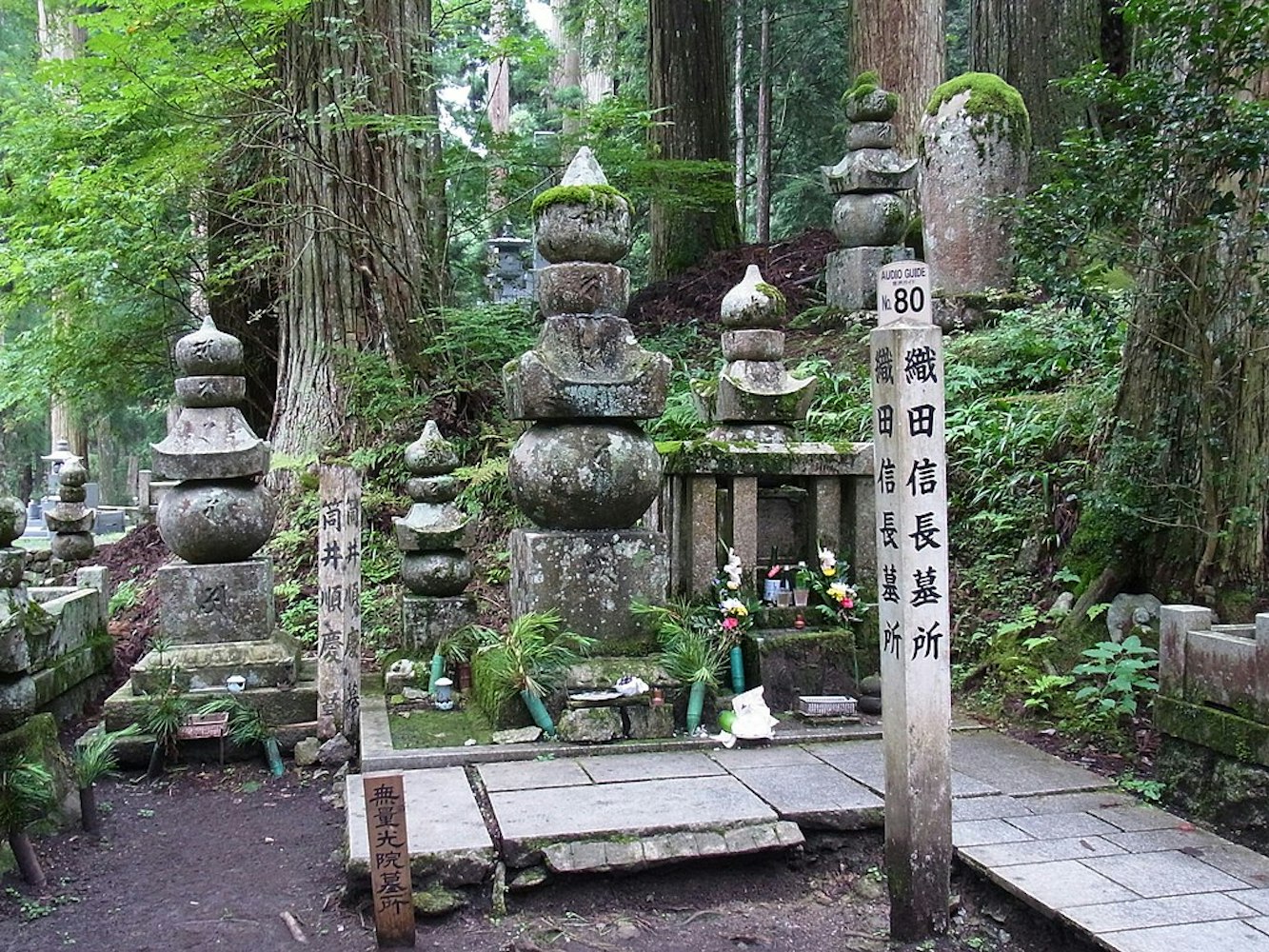
Honnō-ji Temple is where Nobunaga met his untimely end when one of his most loyal generals, Akechi Mitsuhide, betrayed and killed him. The temple offers a glimpse into the events that led to Nobunaga's death and commemorates his life with a statue.
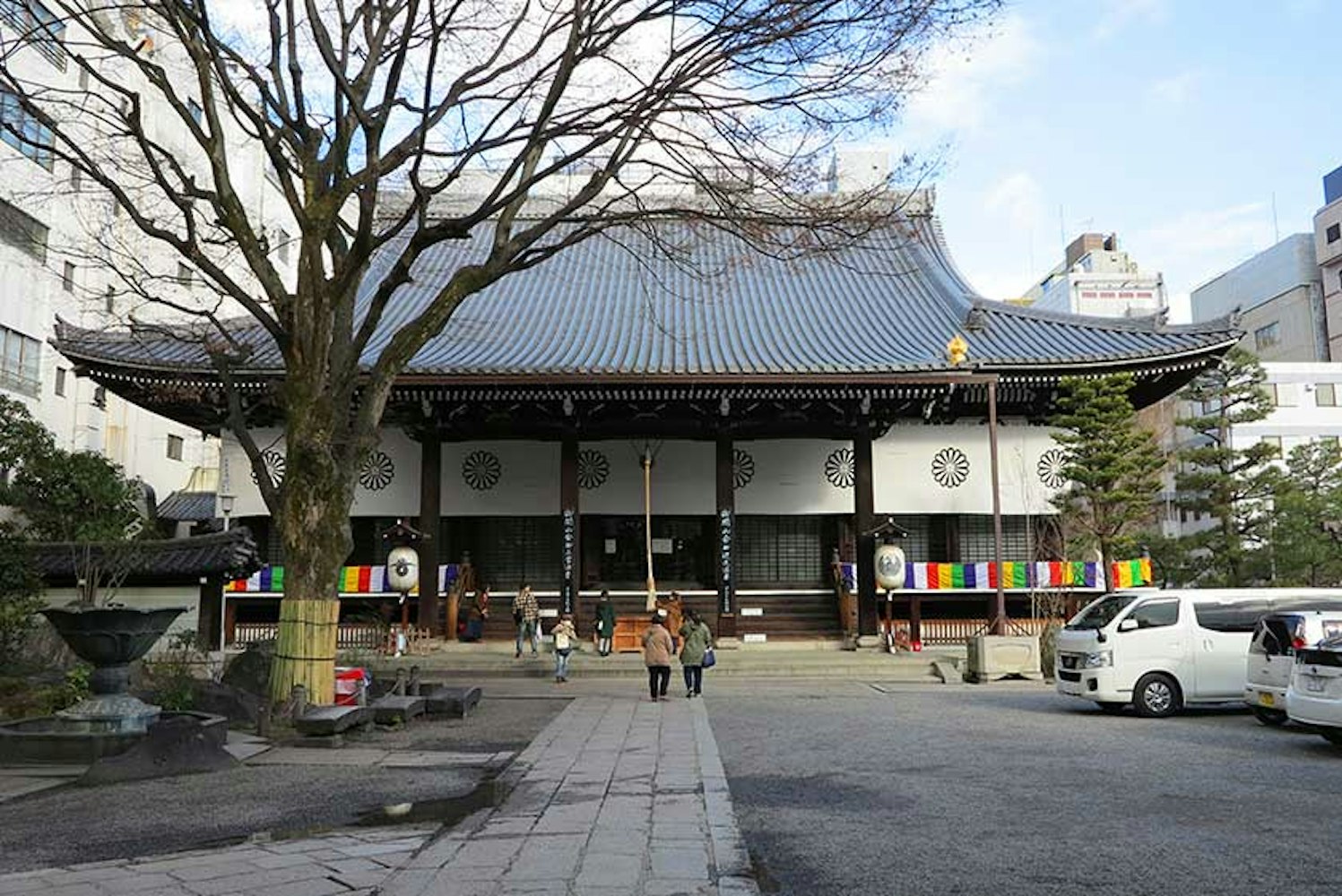
At the Gifu Station in Gifu City, there is a 13-meter-tall bronze statue of Oda Nobunaga riding on his favorite horse. The statue was erected to commemorate his contributions to unifying Japan.
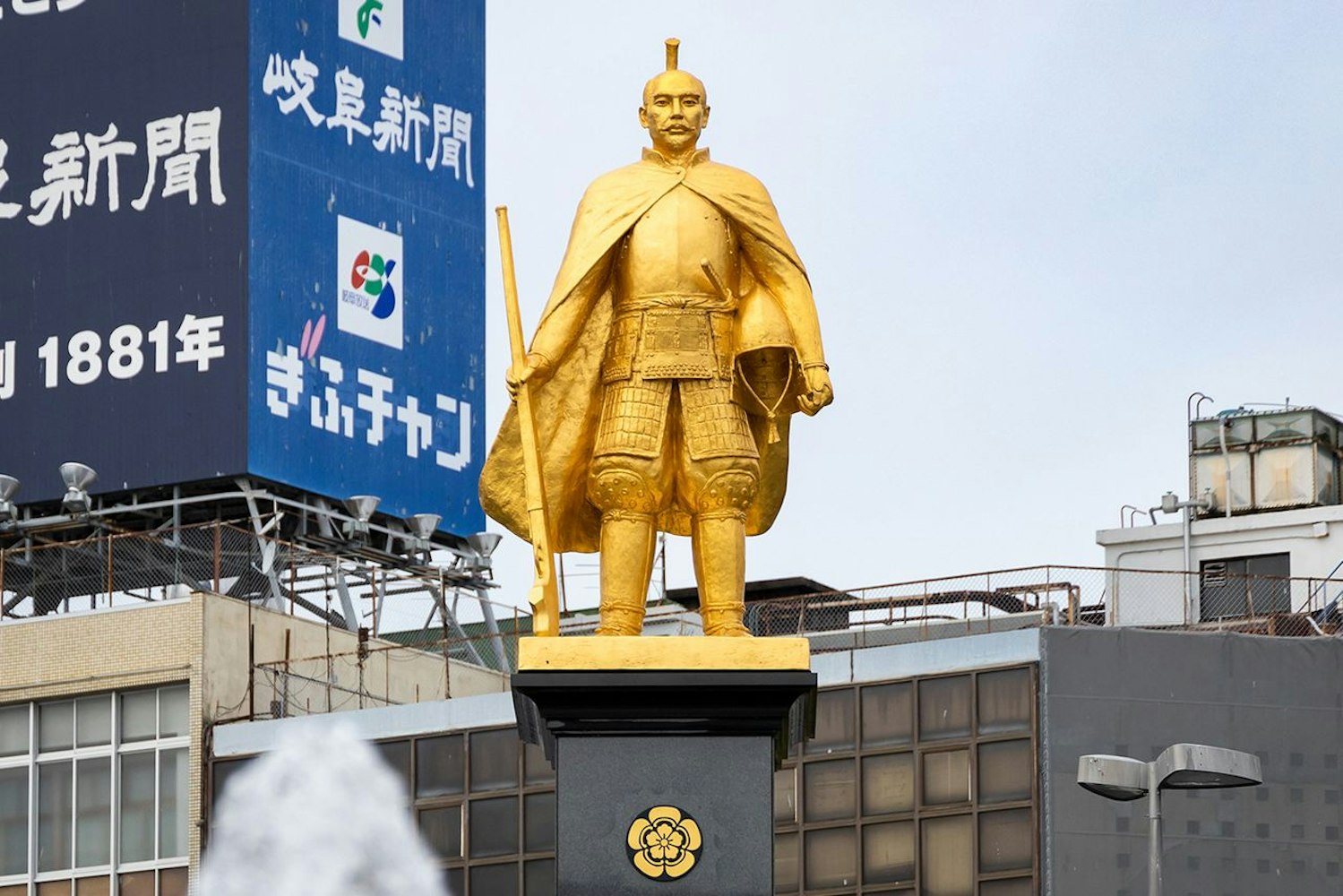
Every year in October, Nagoya hosts a festival that pays homage to Oda Nobunaga and other historical figures. The festival includes a parade, traditional performances, and food stalls where you can try dishes that were popular during Nobunaga's time.
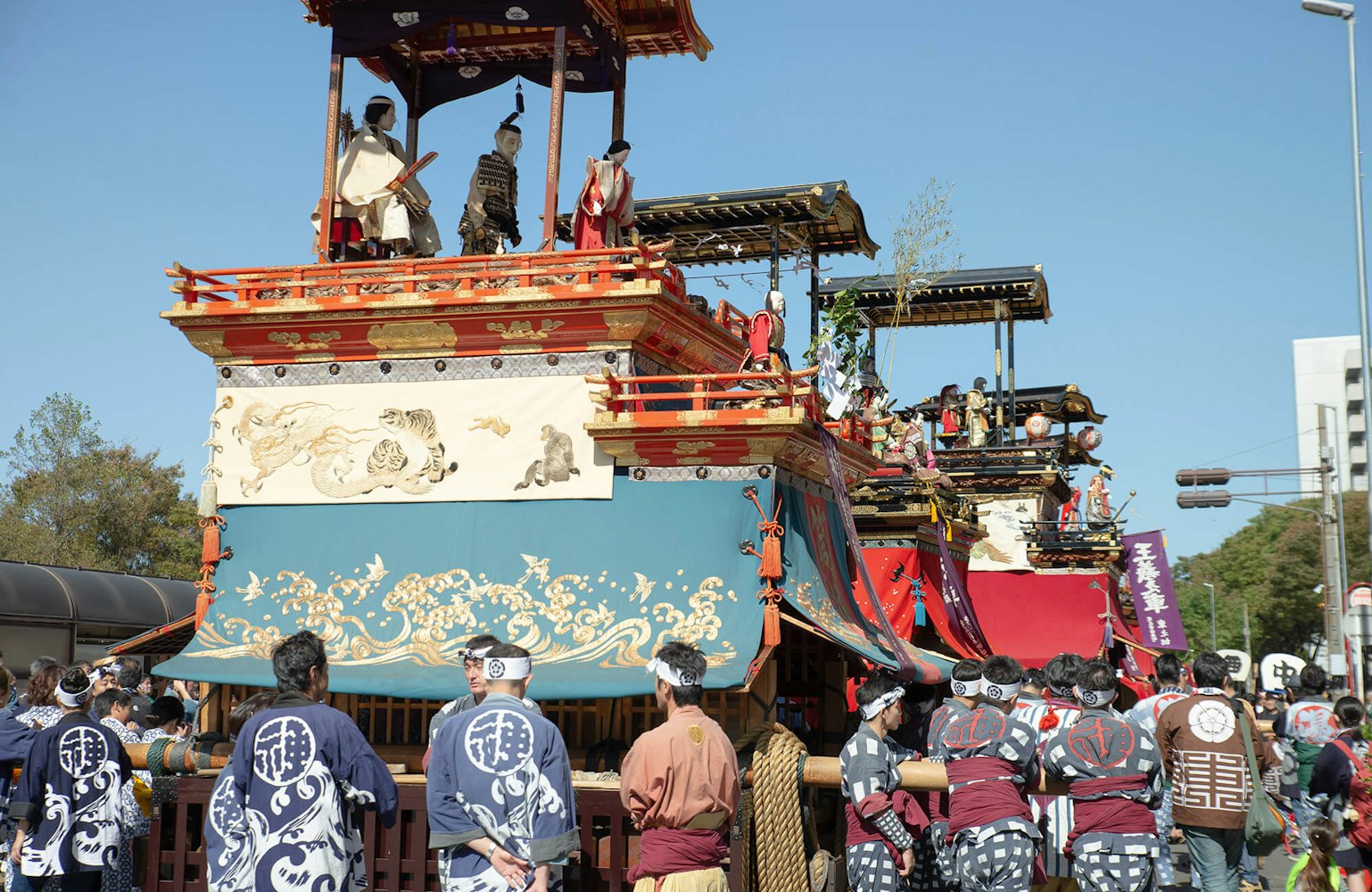
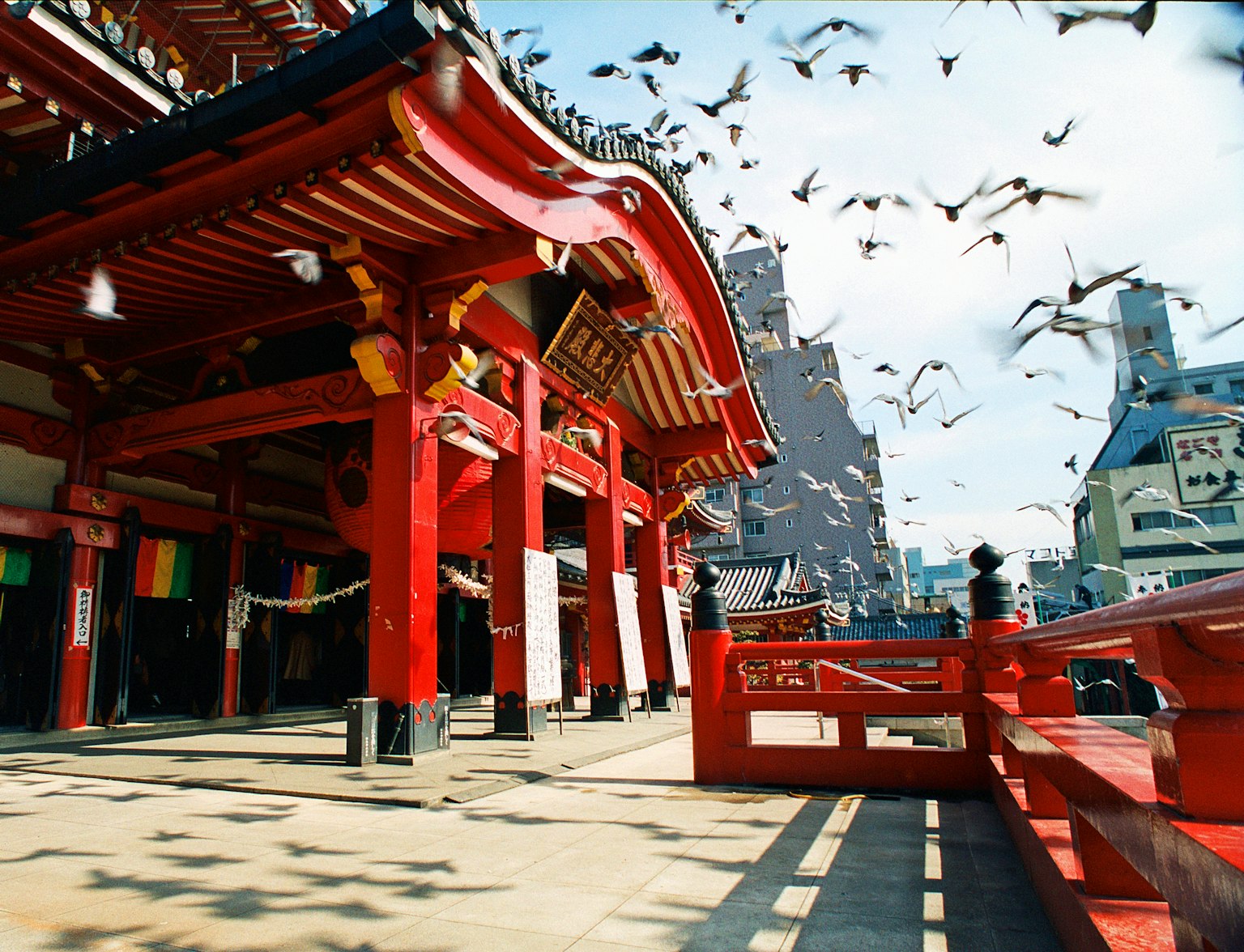
Explore Nagoya with this private city tour.
Gifu Castle was one of Oda Nobunaga's bases during his rise to power. Visitors can explore this historic castle and learn about its significance in Nobunaga's life.

Nagoya Castle, also known as Oda Nobunaga's Castle, is another significant landmark associated with the great unifier. The castle was originally built by Nobunaga's father and served as a symbol of his family's power and influence.

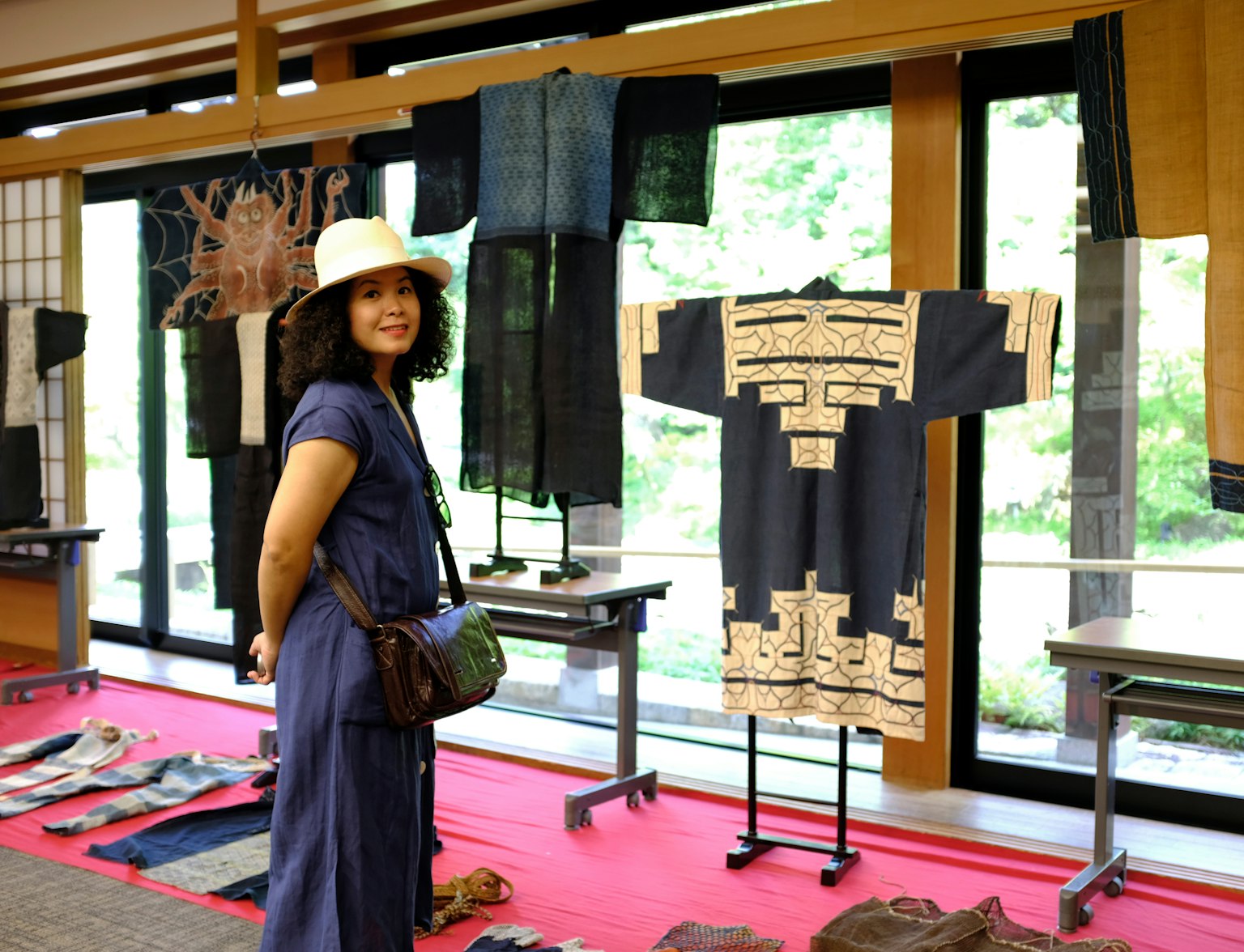
Explore the history of Japan with this tour.
Throughout Japan, there are various events and festivals that reenact scenes from the Sengoku period, including battles led by Oda Nobunaga. These events offer a unique opportunity to witness history come to life and experience the legacy of Oda Nobunaga firsthand.
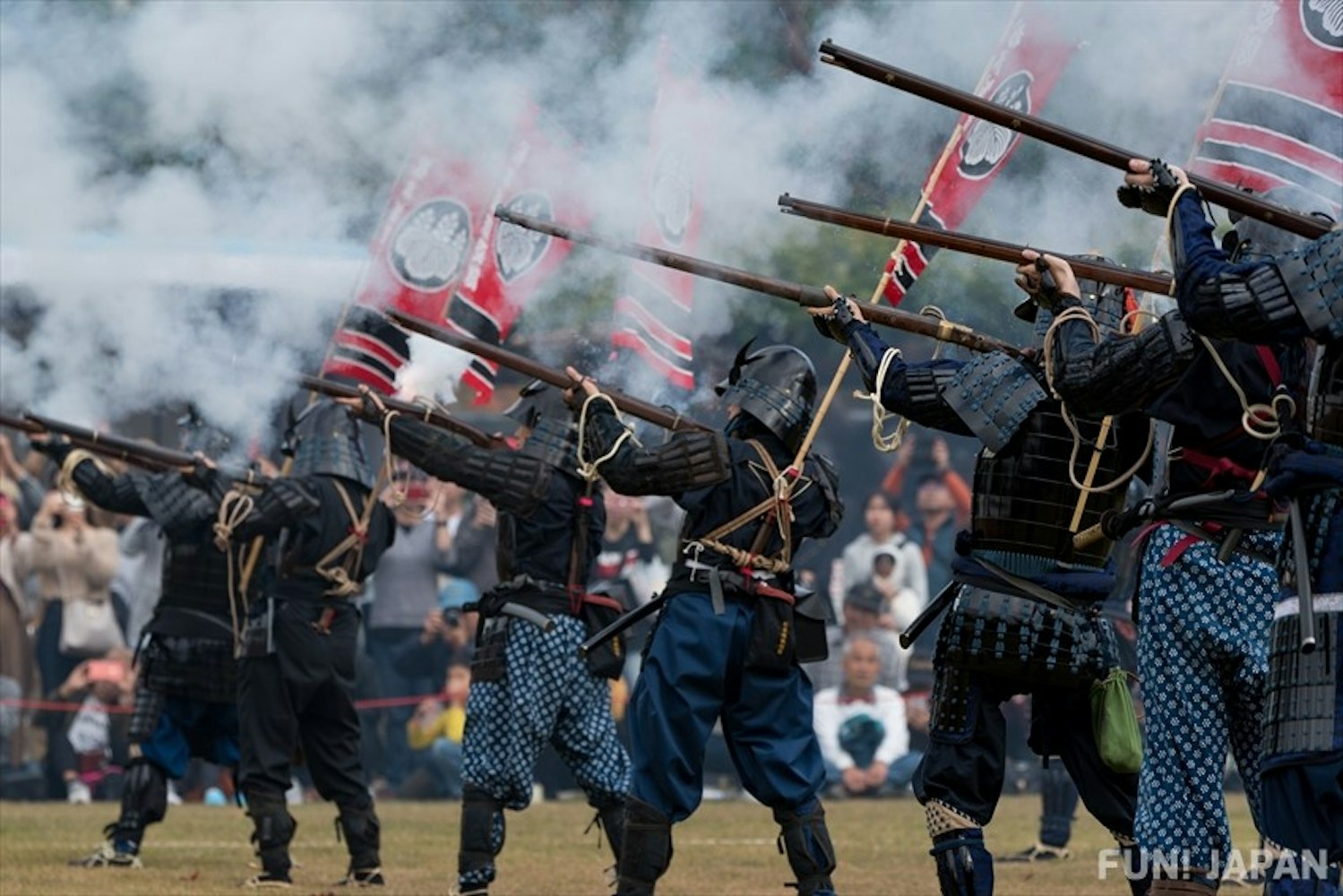
At the height of his power and success, Nobunaga's reign was abruptly ended in 1582 by a betrayal from one of his generals. Akechi Mitsuhide, who had been previously loyal to Nobunaga, turned against him. He decided to assassinate Nobunaga.
Akechi Mitsuhide attacked Honnō-ji Temple where he resided. Nobunaga, along with his family and retinue, were killed in the fire that resulted from the attack. Nobunaga's forces fought relentlessly but lost to Akechi Mitsuhide.
His sudden death left a void in Japan's political landscape, but his legacy as one of Japan's greatest leaders lives on.
In the painting below, artist Nobukazu Yosai (Japan, 1874 - 1944) portrays the attack on the Honnō-ji Temple.

There are many theories surrounding Nobunaga's death. Some believe he died by seppuku, a ritual suicide often performed by samurai in honor or to avoid capture. Others say that he was assassinated or killed in the fire set by Akechi Mitsuhide.
The exact details of his death remain a mystery, but what is clear is that Oda Nobunaga's legacy as Japan's great unifier will always be remembered.
The mystery of Oda Nobunaga's dead body remains unsolved and there are a lot of controversies. However, a few credible records point to the following:
After Nobunaga's death, his body was initially unclaimed. It is said that Akechi Mitsuhide refused to allow a proper burial as he wanted to prevent any shrine from becoming a place of worship for Nobunaga.
According to some other chronicles, Oda Nobunaga's body was never found. His remains were supposedly scattered and lost in the fire, adding to the mystery surrounding his death.
A tomb was later built by his loyal retainer, Toyotomi Hideyoshi, in honor of Nobunaga's memory.
Oda Nobunaga's legacy has transcended time and is still celebrated in modern times. He has been depicted in various forms of media, including anime, manga, video games, and movies.
For example, in the popular anime series Nobunaga Concerto, the protagonist suddenly finds himself transported back in time to the Sengoku period and becomes Oda Nobunaga himself.

His legendary status has also been depicted in video games such as Samurai Warriors and Total War: Shogun 2. He has also been featured in numerous manga series such as Nobunaga's Ambition and Sengoku Basara.
He is also famously portrayed as a primary antagonist in the Sengoku Basara series. Other notable appearances include Samurai Deeper Kyo and Sengoku Kidan Yōtōden. At times, he is referred to as the "Demon King of the Sixth Heaven" (dairokuten-maō).
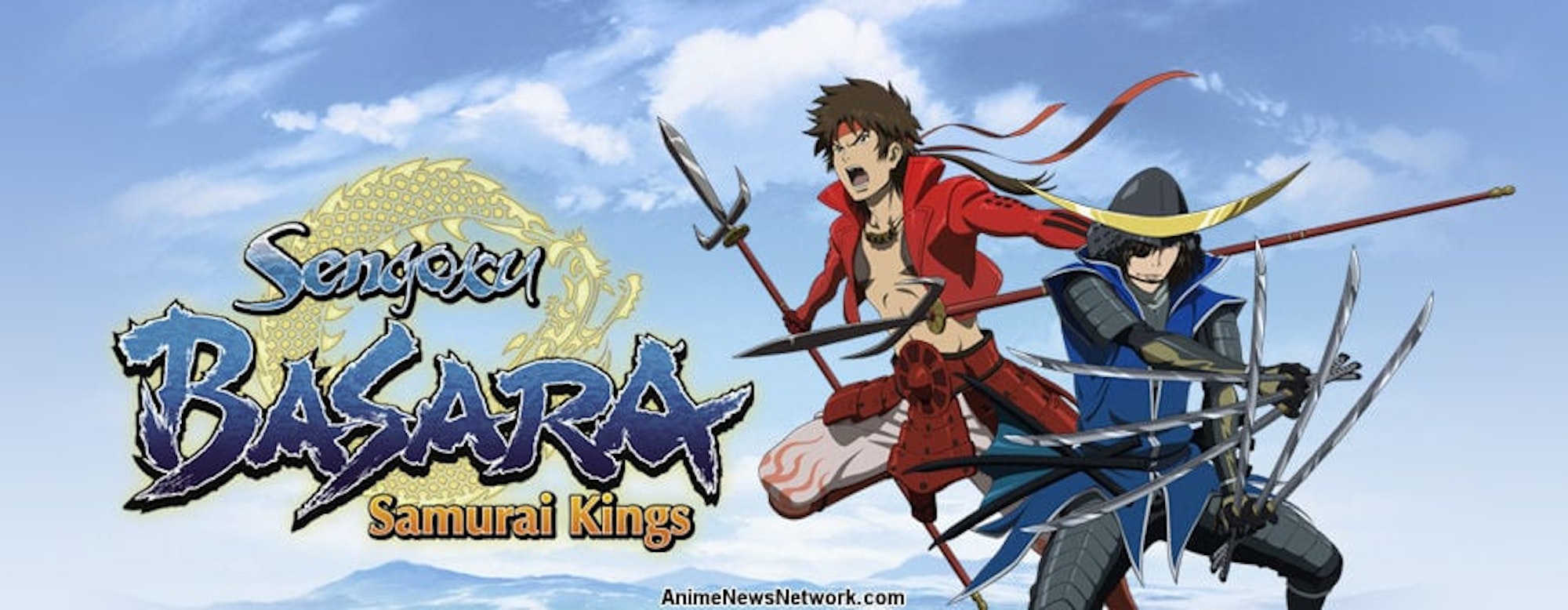
Even today, Oda Nobunaga continues to capture the imagination of people worldwide with his intriguing life and legacy as Japan's great unifier. His story serves as a reminder of the power of determination, unconventional tactics, and ambition in shaping history.
So, it's safe to say that the game of Oda Nobunaga is far from over and continues to captivate us centuries later.

Visit Akihabara and check-out memorabilia of these anime.
Oda Nobunaga's eldest son, Oda Nobutada, was also killed in the attack on Honnō-ji Temple. He had been designated as his father's successor and was just beginning to establish himself as a leader.
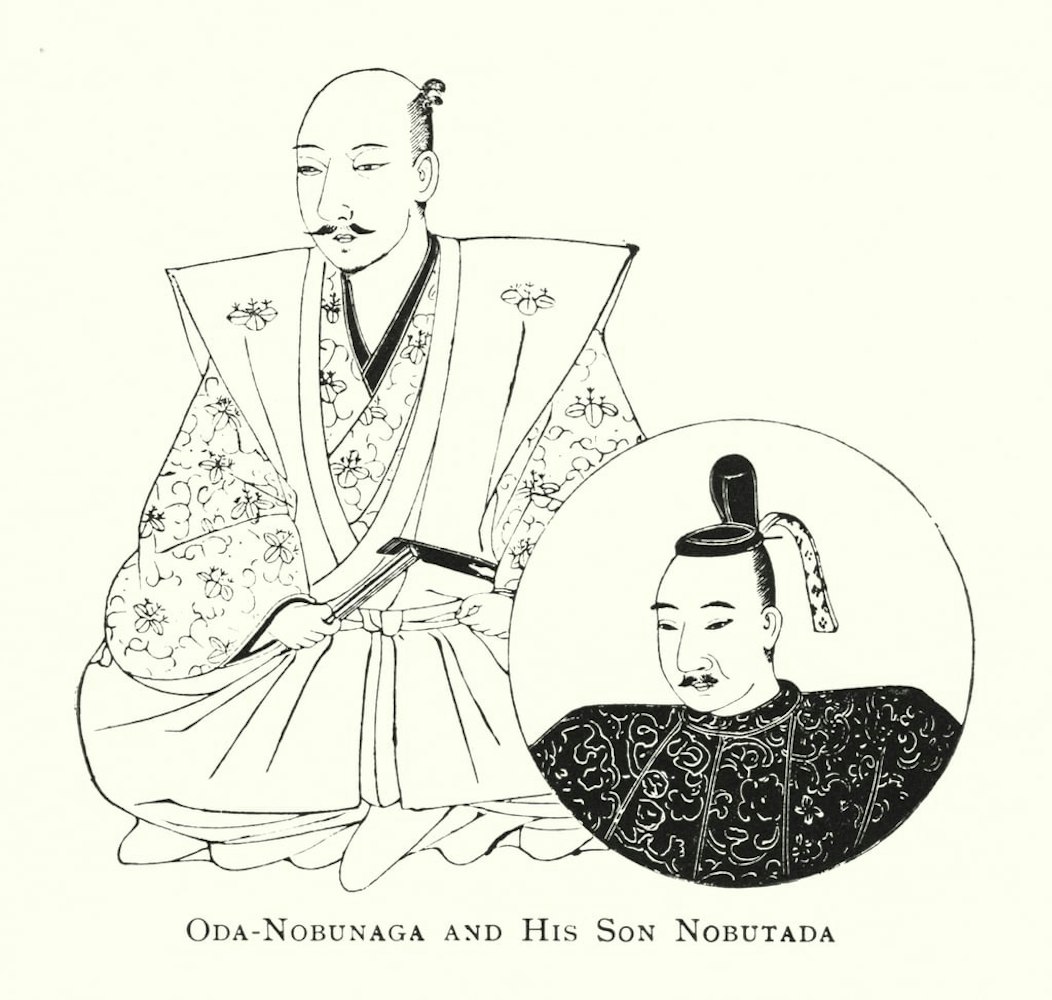
In other accounts, Nobutada was not at the temple at the time his father was assassinated. He was residing at the Nijō Palace. The palace was attacked and Oda Nobutada committed Seppuku.
Despite his reputation as a fierce warrior, Oda Nobunaga was also known for his love for the arts and culture. He was a patron of talented artists, poets, and performers, and encouraged their work within his territory. His support for the arts was a significant factor in the cultural renaissance that took place during his reign.
He also encouraged trade and commerce, which helped boost Japan's economy and solidify its position as a major trading nation.
Today, Oda Nobunaga is remembered as a brilliant strategist, a visionary leader, and an enigmatic figure in Japanese history. His legacy lives on through his contributions to the unification of Japan and his influence on the nation's culture and economy.
You can experience the Legacy of Oda Nobunaga with Trip To Japan, as well. One of the top-rated and highly recommended tour operators, Trip To Japan offers exclusive tours that take you through key historical sites associated with Oda Nobunaga and other notable figures in Japanese history.
So why just read about Oda Nobunaga's life when you can experience it firsthand? Book your trip to Japan today and immerse yourself in the intriguing life of Japan's great unifier.
